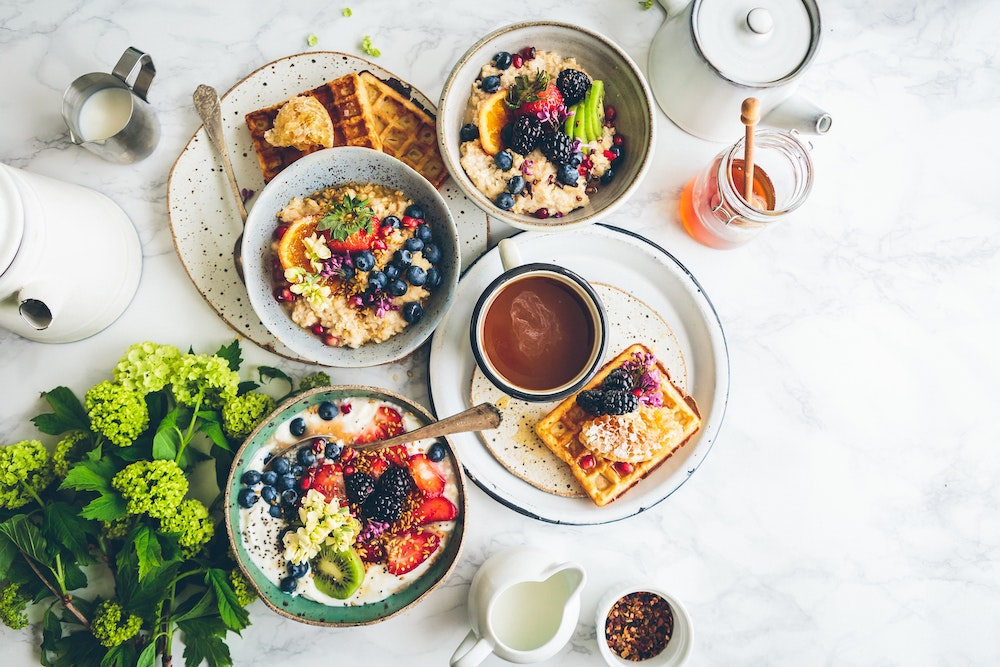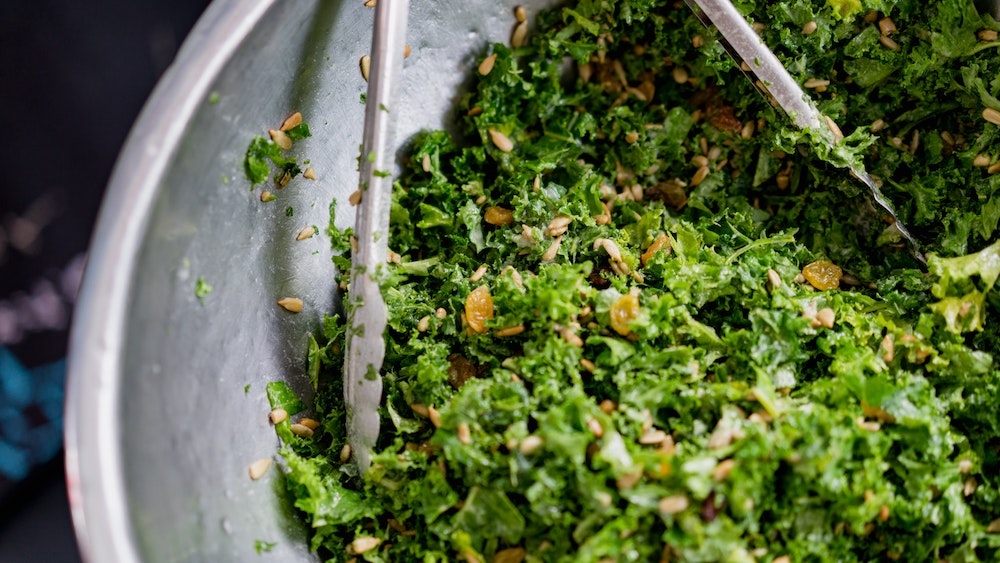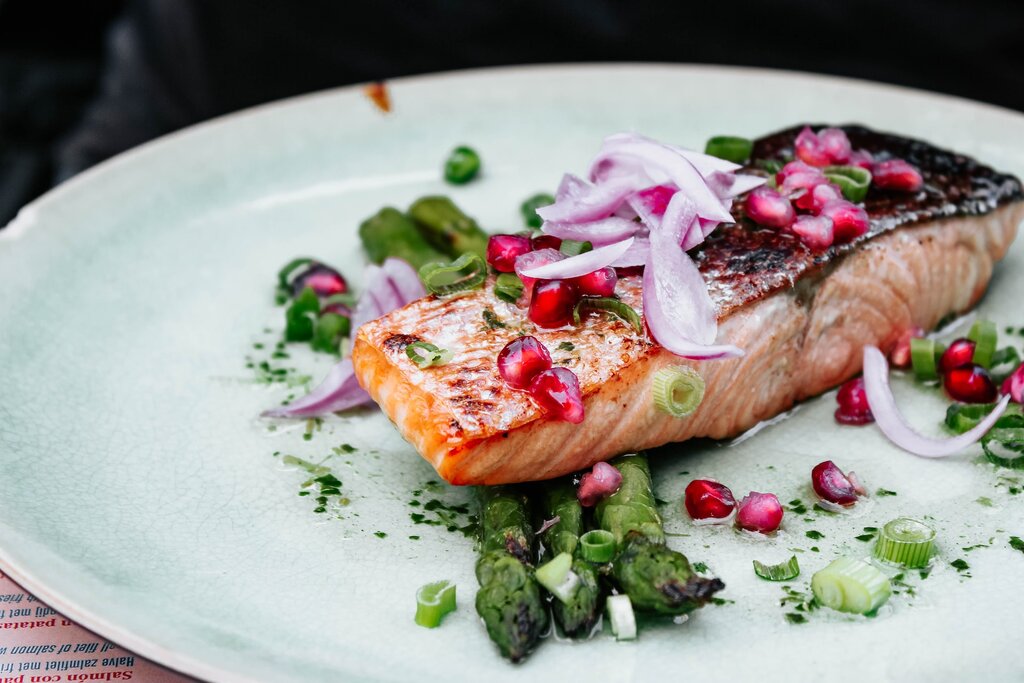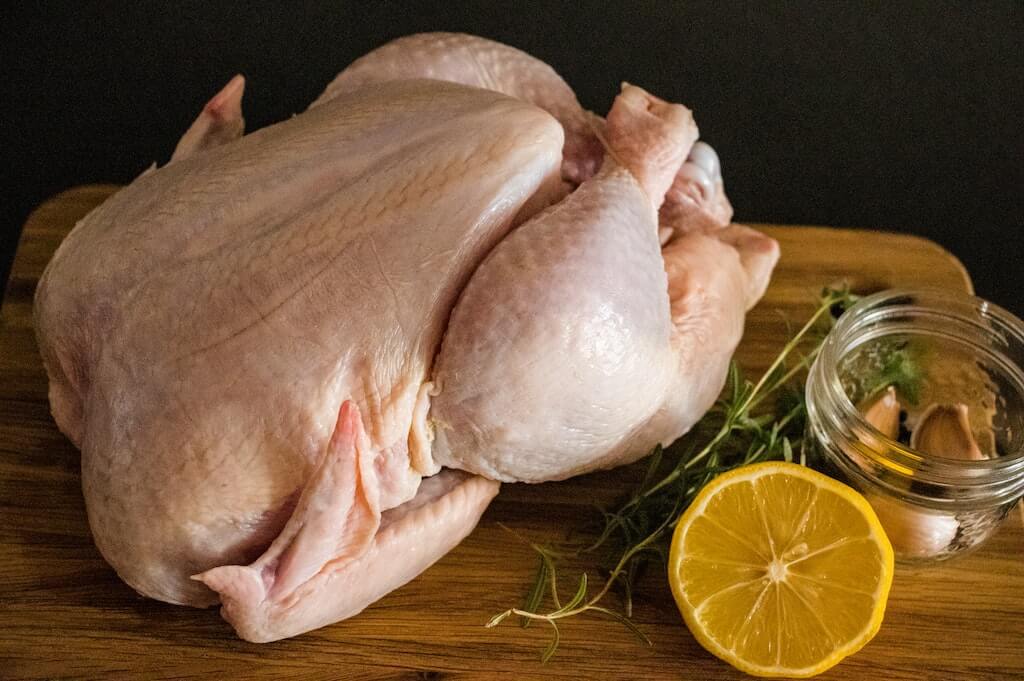Wild Blog
-
The path to a long, healthy, and fulfilled life is simple. It's what you do daily. A daily routine kept simple and executed with intention, is the path to watching your mental and physical health soar. You build this daily...
-
Learn about the Fasting Diet, a natural way to lose weight and feel great. Take control of your eating patterns and start feeling better today!
-
You don’t see grocery store fruit in the wild. 🍓 That’s because we’ve have been breeding them for thousands of years. Let’s look at how “manufactured” your tasty fruit bowl really is. 👇🏻 Maize. Maize (corn) started as a Mexican...
-
Start your day off right with the best keto breakfast for weight loss! Our delicious, nutritious recipes will help you reach your health and fitness goals.
-
Discover the amazing health benefits of superfoods for diabetics and learn how to incorporate them into your daily meals. Unlock the power of superfoods today!
-
This blog post will give you everything you need to know about the main advantages of the Mediterranean diet and how to follow it easily.
-
This blog post will explore high-protein foods and their respective benefits for weight loss, satiety, and muscle gain.
-
Numerous people worldwide suffer from chronic fatigue, which can significantly lower their quality of life. While the exact cause of chronic fatigue is unknown, research has suggested that a mineral called magnesium may play a role in managing symptoms. Magnesium...
-
This is the simplest weight loss plan that you will ever find. But it also requires the most dedication and consistency.







